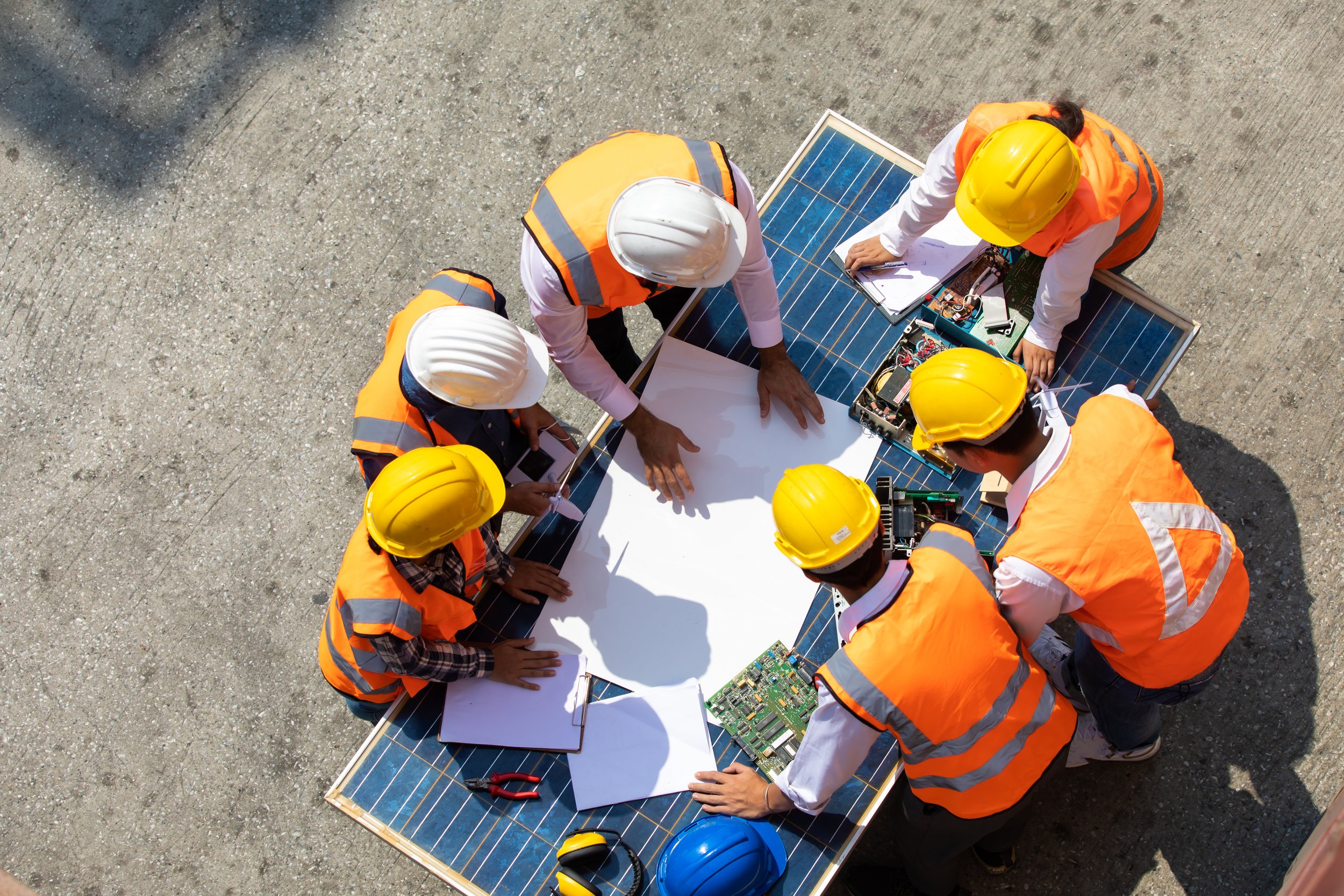
Safety in construction is a critical concern that affects workers, employers, and the integrity of the projects being undertaken. Ensuring a safe working environment requires adherence to strict regulations and the implementation of best practices.
Importance of Safety Regulations
Regulatory agencies, such as the Occupational Safety and Health Administration (OSHA), establish safety standards that must be followed on construction sites. These regulations cover various aspects, including fall protection, scaffolding safety, personal protective equipment (PPE), and more. Compliance with these regulations not only protects workers but also mitigates legal and financial risks for employers.
Key Components of Construction Safety
Personal Protective Equipment (PPE): Workers must be equipped with suitable PPE, including helmets, gloves, safety glasses, and harnesses. Training on the proper use of PPE is essential to ensure effectiveness.
Fall Prevention: Falls are a leading cause of injuries and fatalities in construction. Implementing safety harnesses, guardrails, and proper ladder usage can help minimize risks.
Site Safety Training: Regular safety training sessions educate workers on potential hazards and safe operational procedures. Incorporating hands-on training can reinforce learning and increase retention.
Hazard Communication: Clearly communicating the hazards present on-site is crucial. This includes labeling hazardous materials and providing Material Safety Data Sheets (MSDS) for reference.
Equipment Maintenance: Regular inspection and maintenance of equipment are vital to prevent malfunctions that could lead to accidents. Workers should be trained to identify potential issues and report them immediately.
Emergency Preparedness: Having a plan in place for emergencies, including first aid, evacuation procedures, and communication protocols, is essential. Regular drills can help ensure that all workers are familiar with the emergency procedures.
Management's Role
Construction managers play a significant role in promoting safety. They should lead by example, actively engage with workers about safety practices, and continuously assess the work environment for potential hazards. Fostering a culture of safety can encourage workers to prioritize safety and report unsafe conditions without fear of retaliation.
Conclusion
Safety in construction is a shared responsibility that requires commitment from both management and workers. By implementing comprehensive safety programs and adhering to regulations, the construction industry can enhance safety outcomes, protect lives, and ensure the successful completion of projects.
